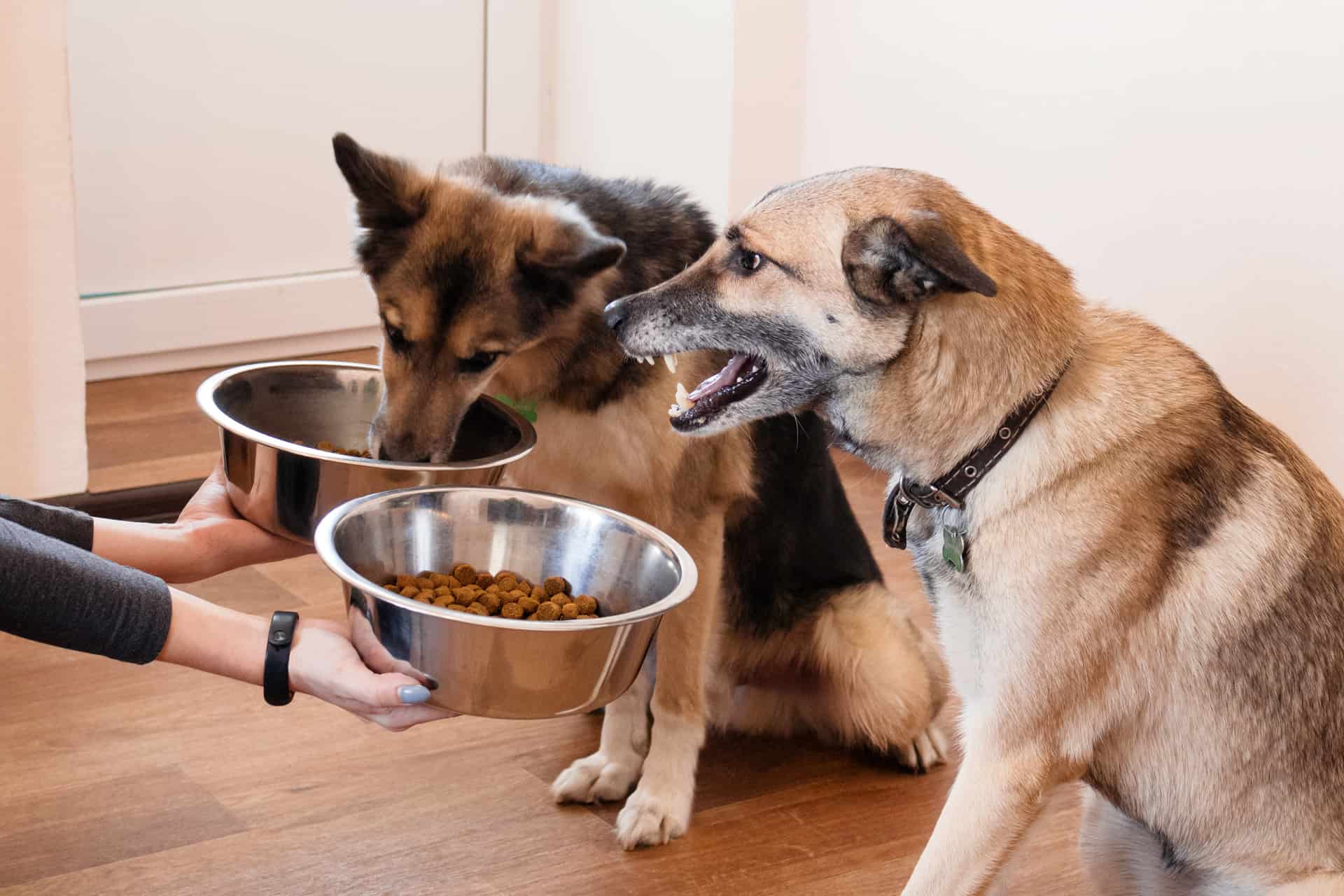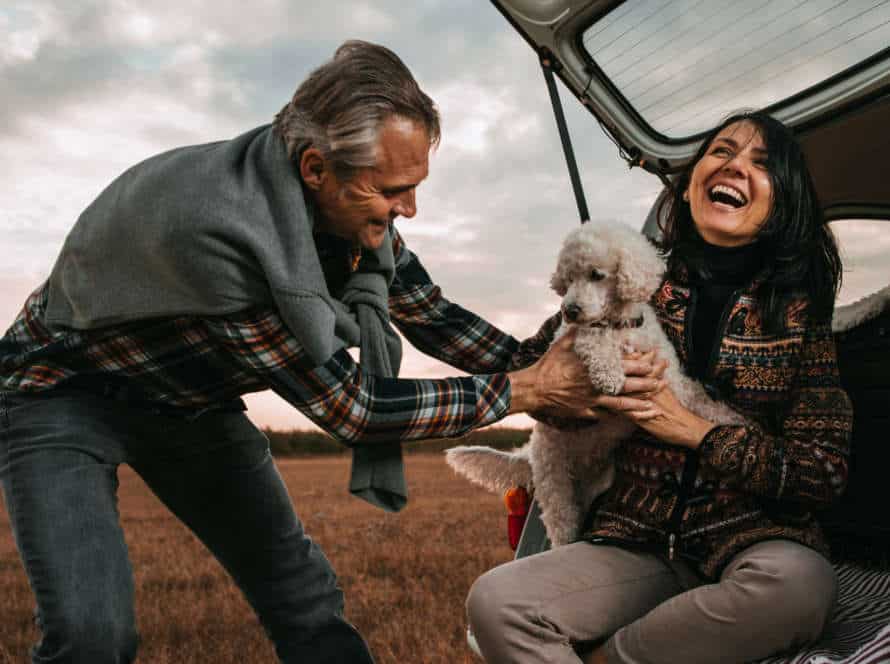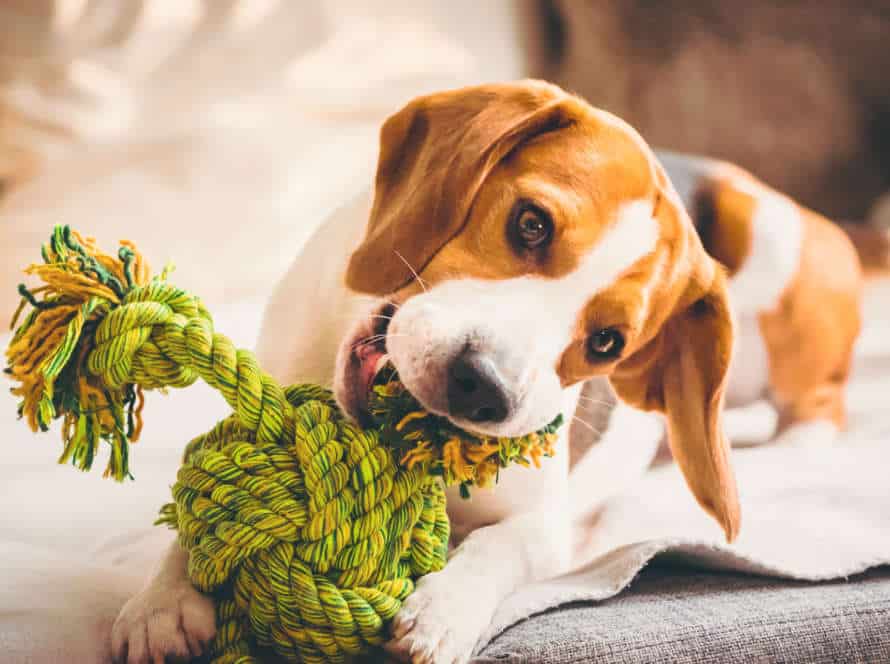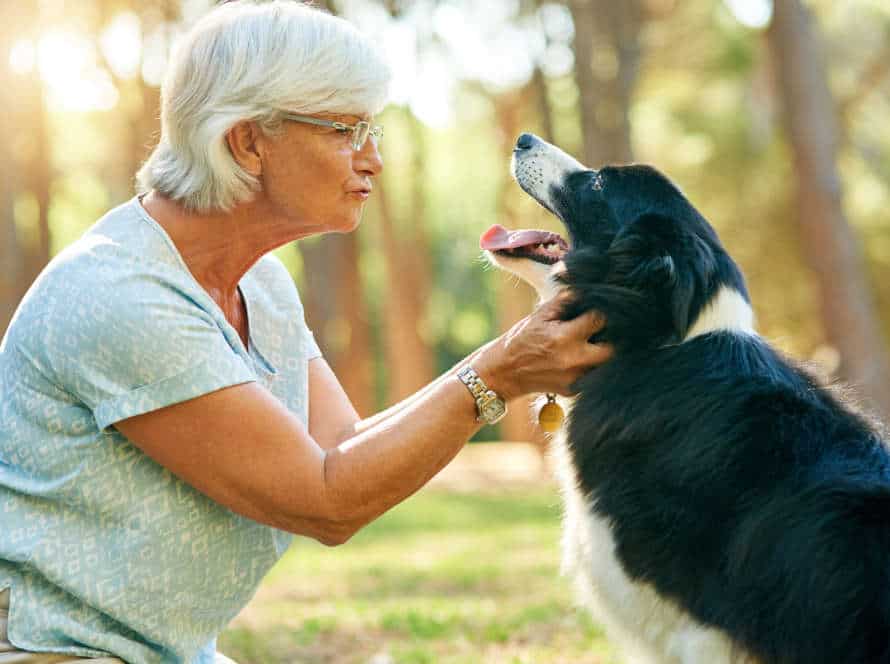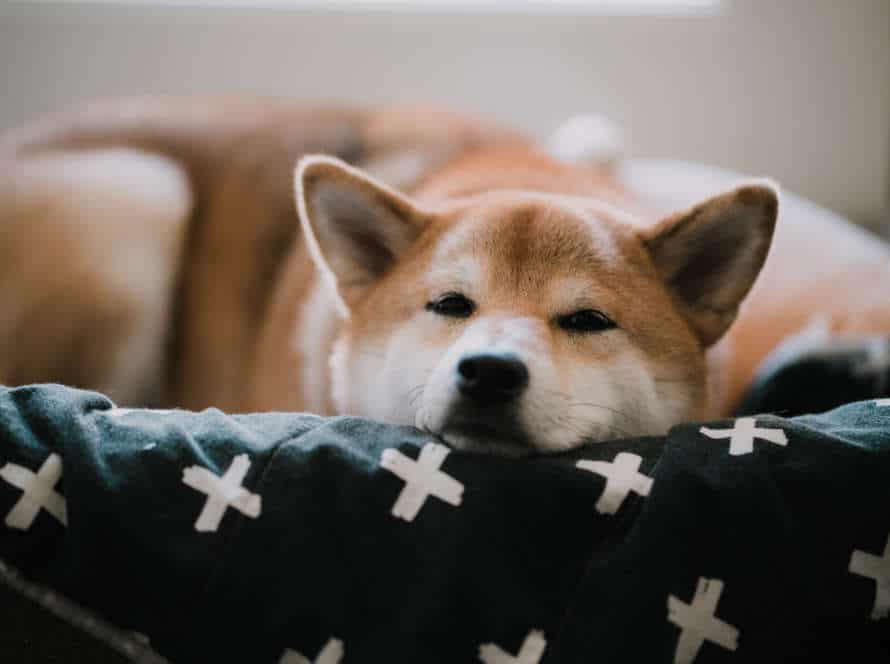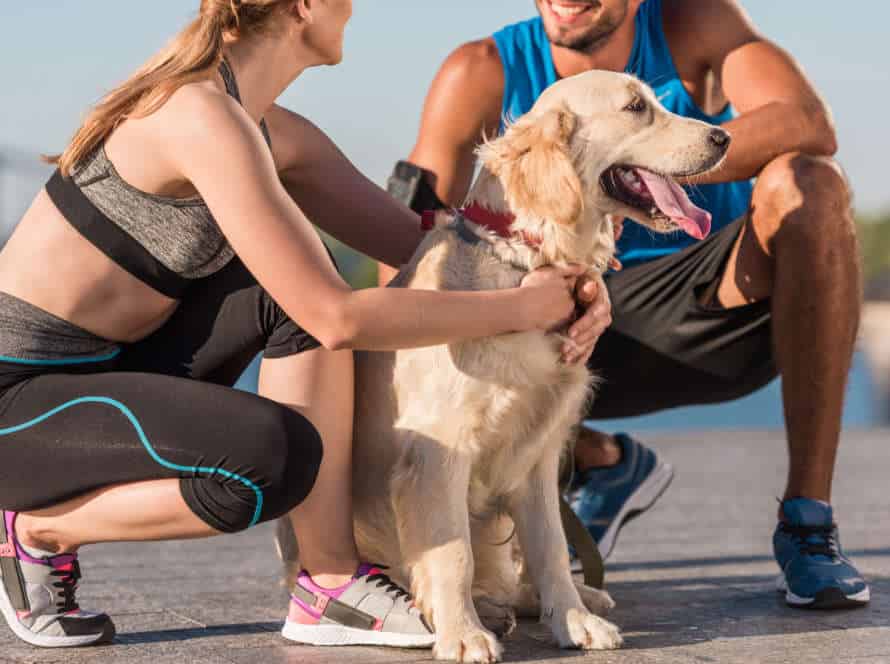Importance of Ensuring Safety During Mealtime
Mealtime safety for dogs is key. They can get over-excited and have accidents during meals. Additionally, they are easily distracted when eating, which makes them more vulnerable. That’s why safety precautions must be taken. Let’s talk about why mealtime safety is essential and how to do it.
Understanding Common Food-Related Dangers for Dogs
Dog owners need to be aware of some common food-related dangers for their pets.
- Chocolate contains theobromine, which can be toxic if eaten in large amounts. Dark chocolate is worse than milk.
- Grapes and raisins can cause kidney failure. Even a tiny amount is bad.
- Onions and garlic contain compounds that can damage red blood cells.
- Xylitol, found in sugar-free sweets, leads to low blood sugar and seizures in dogs.
- Cooked bones can splinter, damaging the digestive system.
Stay vigilant at mealtime. If you think your dog has eaten something toxic, consult the vet.
Risks of Choking and Ways to Avoid It
Choking is a serious problem that can happen at mealtime. Dogs are more prone to it, so here are some tips to keep your pet safe.
- Keep an eye on your dog while they eat and take away any small pieces that could cause choking.
- Don’t let them eat too fast. Put their food in a special bowl or puzzle feeder to slow them down.
- Give them the right amount of food and don’t give them bones, rawhide chews, or other risky food.
- If your dog has a history of choking or trouble swallowing, wet food is better as it’s easier to swallow and digest.
By following these tips, you can keep your pet safe and stop choking from happening.
Signs of Digestive Issues and How to Prevent Them
As a pup parent, it’s essential to be conscious of signs of stomach troubles in your pooch and take the needed steps to stop them. Here are some common signs and tips to ensure your pooch’s dining safety:
Signs of Digestive Problems:
- Changes in appetite or thirst
- Vomiting or loose stools
- Strange stools or belly noises
- Licking or biting the belly
Prevention Tips:
- Always give fresh, clean water
- Don’t give human food or table scraps
- Pick high-quality dog food and stick to feeding instructions
- Introduce new food slowly
- Prevent overfeeding and give frequent small meals
By following these tips and observing your pup’s tummy health, you can help prevent digestive issues and ensure their safety at mealtime.
Tips for Safe Feeding
Be a responsible dog owner! For pet safety at mealtime, follow these tips: portion sizing, supervise meals, set rules. Let’s find out more.
Choose High-Quality Food
It’s essential to feed your four-legged buddy high-quality food. Here’s how to choose the most suitable one:
- Check the tags carefully. Look for natural ingredients like real meat, vegetables and grains. Steer clear of additives, fillers and artificial flavors/colors.
- Bear in mind your pup’s age and needs. Pups and senior dogs have different nutritional requirements than adult dogs. Opt for food which is specifically designed for their life stage.
- Seek advice from your vet. They can advise on the best food according to their breed, weight and health condition. Also ask them about portion size and feeding frequency.
- Be aware of any allergies/sensitivities. Dogs may have food allergies/sensitivities as humans do. If they have digestive issues, consult your vet and try different food until you find the right one.
Pro tip: Investing in nutritious food can help prevent illnesses in the long run, saving both of you time and money.
Create a Designated Feeding Area
Designating a feeding area is key to having a safe and healthy mealtime for your furry mate. This reduces the risk of contamination and other hazards. Here are some tips:
- Choose a quiet place in your home.
- Put a non-skid mat or tray under the bowls.
- There should always be fresh water available.
- Clean and sanitize the area and bowls regularly.
- Pro Tip: Don’t leave food out for long. Discard any uneaten food after 30 minutes.
Monitor Your Dog’s Eating Habits
Watching your pup’s eating is a must for their health and protection at mealtime. Here are some pointers to keep in mind when you feed your furry buddy:
- Portion sizes: Don’t give too much. It could cause obesity and other problems. Follow the portion size that fits their age, breed, and activity level.
- Routine: Have regular meal times. This helps your pup have a schedule and stops them from having too much or being hungry all day.
- Supervision: Keep an eye on them while they eat. This prevents them from choking, swallowing something bad, or eating too fast which can cause tummy troubles.
- No table scraps: People food isn’t good for dogs. Certain things like chocolate, onions, and grapes can be deadly.
- Offer water: Always have water ready, especially while they’re eating and after.
By following these tips, you can make sure your pup is safe and healthy at mealtime and beyond.
Best Practices for Feeding Time
Pet owners should follow some best practices to keep their pets safe at mealtimes. It’s essential to know how to stop typical risks and make a secure and comfy atmosphere for your pup. Here are a few tips for feeding your dog the correct way:
- Choose a quiet and calm area to feed your pet.
- Avoid giving your dog leftovers or foods that may be toxic or harmful to them, such as chocolate, onions, or grapes.
- Make sure to store your pet food in a cool and dry place to avoid spoilage.
- Measure the amount of food recommended for your pet and avoid overfeeding to prevent obesity and other related health issues.
- If you’re feeding your pet a homemade diet, consult with a veterinarian or canine nutritionist to ensure a balanced and nutritional meal.
Establish a Consistent Feeding Schedule
Creating a regular feeding schedule for your pup is essential for their wellbeing. Here are some tips to keep in mind when creating one:
- Set a particular time for your pup’s noms and stay consistent.
- Don’t leave food out all day. It can lead to obesity.
- Work out the right portion size for your pup’s breed and weight.
- No human food. It can be bad for their tummy.
- Always offer fresh, clean water.
- If there are multiple pups, feed them separately to prevent fights.
If you stick to these tips, your pup will stay healthy and content at mealtime.
Portion Control
Portion control is key for your pup’s health. Here are some tips to keep in mind:
- Determine your dog’s ideal weight & daily caloric needs based on breed, activity level & age.
- Measuring cups or a kitchen scale can help with portioning out meals.
- Avoid table scraps & human food that can upset their stomach or be harmful.
- Fresh water should be offered at all times. Toxic foods like chocolate, grapes, onions & garlic should be avoided.
- Create a calm environment for feeding. Supervise your pup while they eat to make sure they don’t overeat or eat too quickly.
Food Storage Guidelines
Food storage guidelines are important for your pup’s health and safety. Here are some top tips for feeding time:
- Raw food: Store in a separate container. Cover and put on the lower shelves of your fridge.
- Dry food: After opening, transfer to an airtight container to preserve freshness and prevent contamination.
- Wet food: In the fridge, use it within three to five days. Discard leftovers after five days.
- Cleaning bowls: Wash regularly with hot, soapy water. Sanitize with a vinegar and water solution.
By following these guidelines, you can ensure your pup’s meals are safe, fresh, and delicious!
Safe Table Scraps and Treats
Tempting as it may be, feeding your pup table scraps is not safe. You must know what is and isn’t okay for them to eat. Here are some tips to keep in mind when it comes to mealtimes:
Human Foods to Avoid Feeding Your Dog
Ensuring your pup’s health and safety means avoiding certain human foods. These can cause major health issues or even be deadly. Examples include:
- Chocolate – Vomiting, diarrhea, hyperactivity, and seizures may result from its caffeine and theobromine.
- Grapes & Raisins – These can lead to kidney failure, dehydration, lethargy, and loss of appetite.
- Onions & Garlic – Red blood cells get damaged, which leads to anemia and other problems.
- Avocado – Contains persin, which can cause vomiting and diarrhea.
- Alcohol – Alcohol poisoning is possible, leading to vomiting, difficulty breathing, coma, and death.
Be mindful of what you feed your pup and stick to a healthy, balanced diet. Offer dog-safe treats instead of table scraps, like carrots or dog biscuits. Pro tip: Talk to your vet about a diet for your pup.
Safe and Healthy Treats
Feeding your pup safe and healthy snacks is essential for their overall well-being. Some human foods make great nutritious treats, but others are harmful. Here are some safe treats to give your dog:
- Carrots: Low-calorie and nutrient-rich, carrots aid digestion and promote dental health.
- Apples: High in fiber and antioxidants, apples make a great addition to your pup’s diet – in moderation!
- Peanut butter: If it doesn’t contain xylitol (a sweetener toxic to dogs) it can be a tasty and protein-rich treat.
- Cooked chicken or turkey: Plain, without the skin or bones, is a great source of protein.
Grapes, onions, garlic, chocolate and anything with caffeine should be avoided – they can cause serious health problems. Plus, check with your vet and introduce new foods gradually.
Pro-tip: Homemade dog treats can be a fun and healthy way to bond and make sure the ingredients are safe and suitable for their diet.
Guidelines for Feeding Your Dog People Food
Table scraps can be a great way to connect with your pup. But, remember to abide by a few rules for safety and health. Don’t give ’em chocolate, caffeine, alcohol, grapes, onions, garlic, avocado, or nuts. Opt for lean meats such as chicken, turkey, and fish. Fresh fruits and veggies like apples, blueberries, carrots, and green beans are ideal, but stay away from canned, salted, or sugary options. Get your vet’s opinion on any foods that may not be suitable for your pup’s breed, weight, and medical history. Keep in mind that treats and table scraps should be given in moderation – otherwise, it could lead to obesity, digestive issues, and other health problems. And if you’re feeling extra creative, make homemade dog treats using dog-friendly ingredients like sweet potatoes, oats, and peanut butter for a healthier option!
Common Feeding Issues and Solutions
Feeding your dog? Make sure they’re secure. Risks can be present! Watch out for choking hazards, food allergies and gastric dilation volvulus. We’ll discuss the solutions to keep your pet safe during mealtime. Let’s get started!
Feeding More Than One Dog
Feeding more than one pup can cause some common feeding woes. To keep things safe at mealtime, here are a few issues and solutions to bear in mind:
- Competition: Dogs may get aggressive if they view other dogs as a threat to their food.
Solution: Feed each dog in different spaces or rooms. This will cut down on competition and the odds of accidents. - Food stealing: Some pooches may strive to grab food from other canines or nab food intended for other dogs.
Solution: Feed them in separate crates or kennels. This will stop food stealing and limit access to food. - Overfeeding or underfeeding: It can be tricky to feed them correctly since dogs have various nutritional needs and eating habits.
Solution: Ask your vet to tell you the appropriate food quantity and frequency for each pup depending on their age, weight, and activity level. - Resource guarding: Some dogs may become overprotective of their food and act aggressively towards other pooches or people when they’re eating.
Solution: Train them to reduce resource guarding behavior and discourage growling or guarding their food. Feed them in an area where they feel safe and relaxed.
Pro Tip: When feeding multiple dogs, keep a close eye on them during mealtimes to make sure everyone is safe and content.
Helping a Picky Eater
Helping a picky eater can be tough for pet owners. But, dealing with feeding issues and safety during mealtime can make it simpler.
Common feeding issues are:
- Loss of Appetite: It might be due to tummy illness or dental problems. Consult a vet to find out the issue.
- Food Allergies: These can cause digestive issues, itching, or other health problems. A vet can prescribe the right diet based on your dog’s needs.
- Poor Nutrition: Give your dog a balanced diet. Provide a quality diet with the right ratio of protein, fat, and carbs.
These tips will help keep your dog safe during mealtime:
- Don’t give cooked bones as they can splinter and harm your dog.
- No grapes or raisins as they can cause kidney failure in dogs.
- Never leave your dog alone while eating.
Follow these tips to overcome feeding issues and keep your pet safe.
Dealing With Overweight Dogs
Overweight pups are more likely to suffer from health troubles such as joint pain, heart disease, diabetes, and shorter life expectancy. To stop these issues, fixing common feeding issues and ensuring safety during mealtime are key for dog owners.
Common feeding issues:
- Don’t overfeed or leave food out all the time.
- Choose good, low-calorie dog food.
- Don’t give scraps and table treats – they’re high in calories.
Ensuring safety during mealtime:
- Give enough space for feeding.
- Use a non-slip mat to keep the bowl still.
- Keep young children or other pets away from the eating area.
Pro Tip: Regular exercise and the right diet can help manage your pup’s weight and keep them in good shape.
Emergency Situations During Mealtime
It’s key for all pup parents to know about the risks food can bring their pet. At mealtime, accidents can happen, causing choking, food poisoning, or other medical issues. Let’s go through why it’s a must to be ready and proactive, as well as tricks to avoid these emergencies.
Know the Signs of a Medical Emergency
When dining with your furry pal, be cognizant of medical emergency signs for their safety. Look out for:
- Choking: Gasping, pawing at the mouth, or showing distress? Remove any food or object in their mouth quickly.
- Bloating: Restless, pacing, drooling, dry heaving? Swollen stomach? Get emergency medical care fast.
- Allergic Reaction: Hives or difficulty breathing? Attend to them right away.
- Pancreatitis: Vomiting, diarrhea, swollen abdomen? Get veterinary care immediately.
Know the signs of a medical emergency to respond appropriately and keep your furry friend safe.
Pro tip: Have a pet first aid kit ready.
Steps to Take When an Emergency Occurs
Emergencies could happen anytime, even during mealtime with your pup. Here are some tips to keep your pet safe:
- Stay calm. Dogs can feel your anxiety and may become more worked up if you are frantic. Stay in control and focused.
- Evaluate the circumstance. Is your dog choking? Is he having a seizure? Is there a bone stuck in his throat? Examine the situation before taking any action.
- Call for help. If you are not sure what to do or if it is a serious situation, call your vet or an emergency animal hospital instantly.
- Give first aid. If your dog is choking, use the Heimlich maneuver. If he is having a seizure, move him away from any objects he could hurt himself on and wait for the seizure to end.
- Prepare for emergencies. Keep a first-aid kit and your vet’s phone number on hand.
Pro Tip: To stop mealtime emergencies, avoid giving your pet bones or food that is tightly packed which could lead to choking. Also, keep a close watch on your dog during mealtime to address any potential problems quickly.
How to Prepare for an Emergency During Mealtime
If you’re a pup parent, ensuring your dog’s safety during mealtimes is a must in case of emergencies. Here are some ideas on how to get ready:
- Keep a first aid kit close: Have a kit with bandages, antiseptic solution, and any medications prescribed by the vet.
- Talk to the vet: Consult with the vet and create a plan for emergencies.
- Skip meals during outdoor activities: Don’t feed your pooch at least 2 hours before outdoor activities. This helps reduce the risk of choking or digestion problems.
- Observe mealtime: Be present during mealtimes to make sure your pup is eating slowly and avoiding big bites.
- Know the Heimlich maneuver: It’s smart to learn the Heimlich maneuver for dogs just in case.
Being prepared ahead of time can avoid a crisis. Have the vet’s contact info and emergency number at hand for quick reference.
Frequently Asked Questions
Q: What are some common items that dogs shouldn’t eat?
A: Dogs shouldn’t eat chocolate, grapes, onions, garlic, avocado, and anything with xylitol (a sugar substitute). These items are toxic and can cause serious health problems or even death in dogs.
Q: Should I feed my dog scraps from the table?
A: No, feeding your dog scraps can cause excessive weight gain and can also lead to digestive issues. It’s best to stick to dog-specific food and treats.
Q: What is the best way to prevent my dog from choking during mealtime?
A: Make sure that your dog is sitting down and eating slowly. Avoid giving them large pieces of food, as this can increase the risk of choking. Also, keep an eye on them during mealtime to ensure they are not gulping their food.
Q: Can my dog eat bones?
A: This depends on the type of bone. Cooked bones can splinter and cause damage to your dog’s digestive system, so it’s best to avoid them. Raw bones, like rawhides, can be a great way to clean your dog’s teeth and provide them with a treat. However, if your dog tends to be an aggressive chewer, raw bones may not be a good option.
Q: How often should I feed my dog?
A: This depends on your dog’s size, age, and activity level. Generally, dogs should be fed twice a day. Puppies need to eat more frequently, while senior dogs may need to eat smaller, more frequent meals. Consult with your veterinarian for a personalized feeding plan for your dog.
Q: What should I do if my dog overeats or has an upset stomach?
A: If your dog overeats or has an upset stomach, avoid feeding them for 12-24 hours. This will give their stomach time to settle. After this period, gradually introduce bland foods like boiled chicken and rice. If symptoms persist, consult with your veterinarian.

